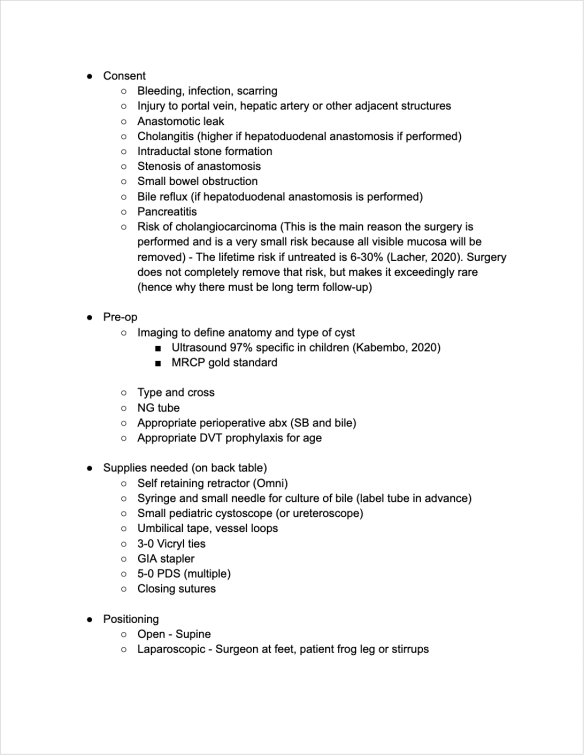No matter how many times a pilot has flown a specific airplane, 100% of the time before takeoff, they review the SOP (Standard Operating Procedures) for that plane.
A while ago I realized that I prepared for complicated surgical cases by reviewing the same set of things every time – how to prepare the patient for surgery, the pertinent anatomy, the steps of the operation, potential complications (and therefore how to try to avoid them i.e. what to include in my informed consent), and post-operative care.
The day I learned about SOPs for pilots a lightbulb went off.
What if I did the same thing?
What if I took the books, articles, and websites I usually review, standardize the process, and create a single “living” document to review for every major procedure I do? It would be a document I could update as I got more experience – and as new findings and recommendations were published, too.
What I quickly realized was that the practice of creating, reviewing, and updating these surgical SOPs made me a better surgeon…and it made me a better educator. I could share my SOP for a specific case with the residents and students in advance – which let them prepare more efficiently for the case. I could also give the SOP to my anesthesia colleagues and the rest of the OR team to help them prepare, too.
The structure of my SOPs is more or less the same for any procedure and is demonstrated below with an example. Use it, modify it, or create your own… but if you are learning procedures as part of your medical training I strongly urge you to give this a try! The other piece of advice I would give you is to use a digital platform (like Google drive or EndNote) so you can access your SOPs from any computer and your phone. (Disclaimer: SOPs, like the one below, are only the starting point I use to prepare for a specific case. Since every patient is different, not everything below will apply to an individual patient.)
BTW – There is a decent time investment the first time, but after that it’s really a living document. Every time you have the privilege to scrub on the same case again, check PubMed, Google images, videos and update your SOP with what’s new before the case. After the case use it to make notes about different attending preferences and/or new information or techniques you learned from the case (but please be HIPAA compliant!).











